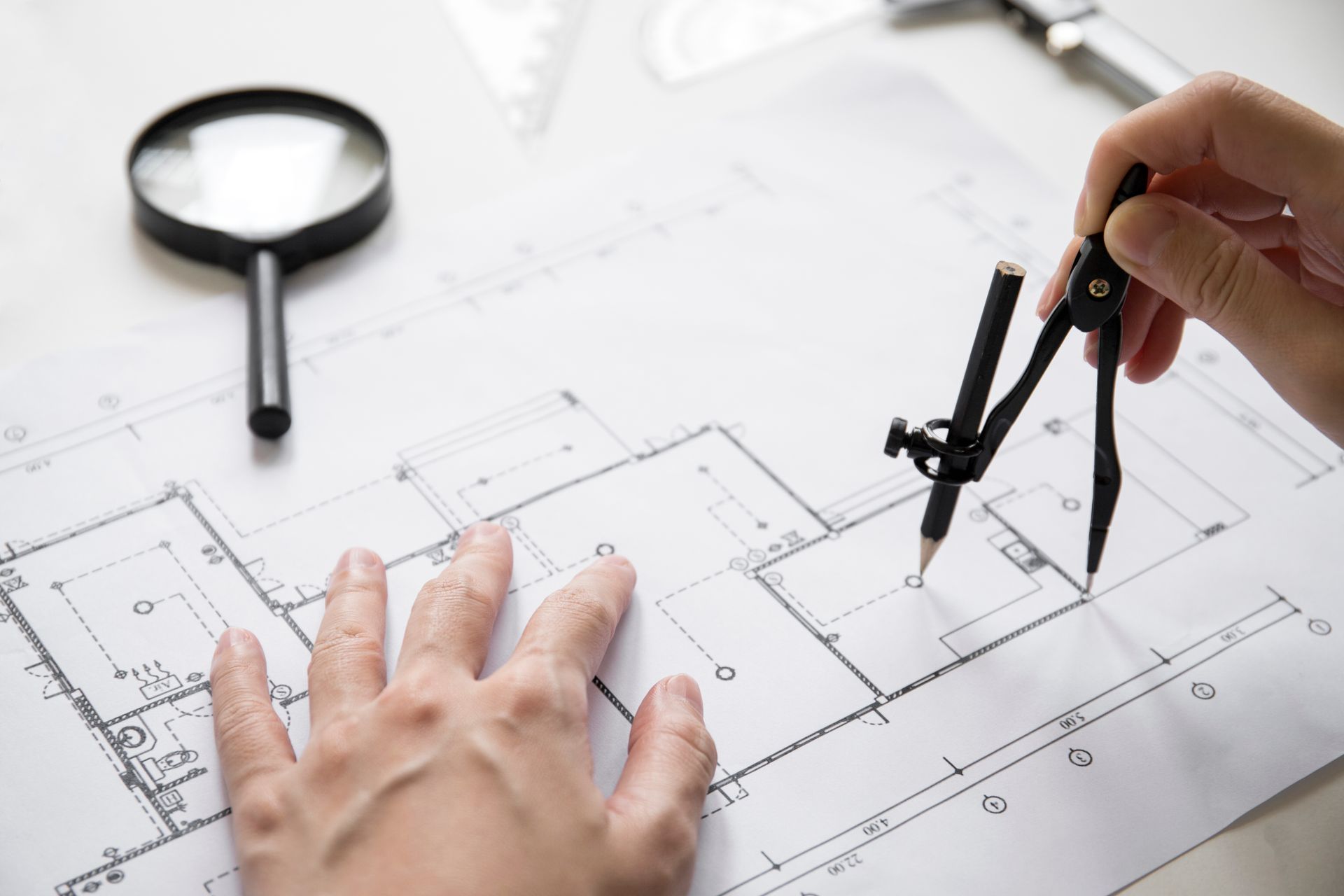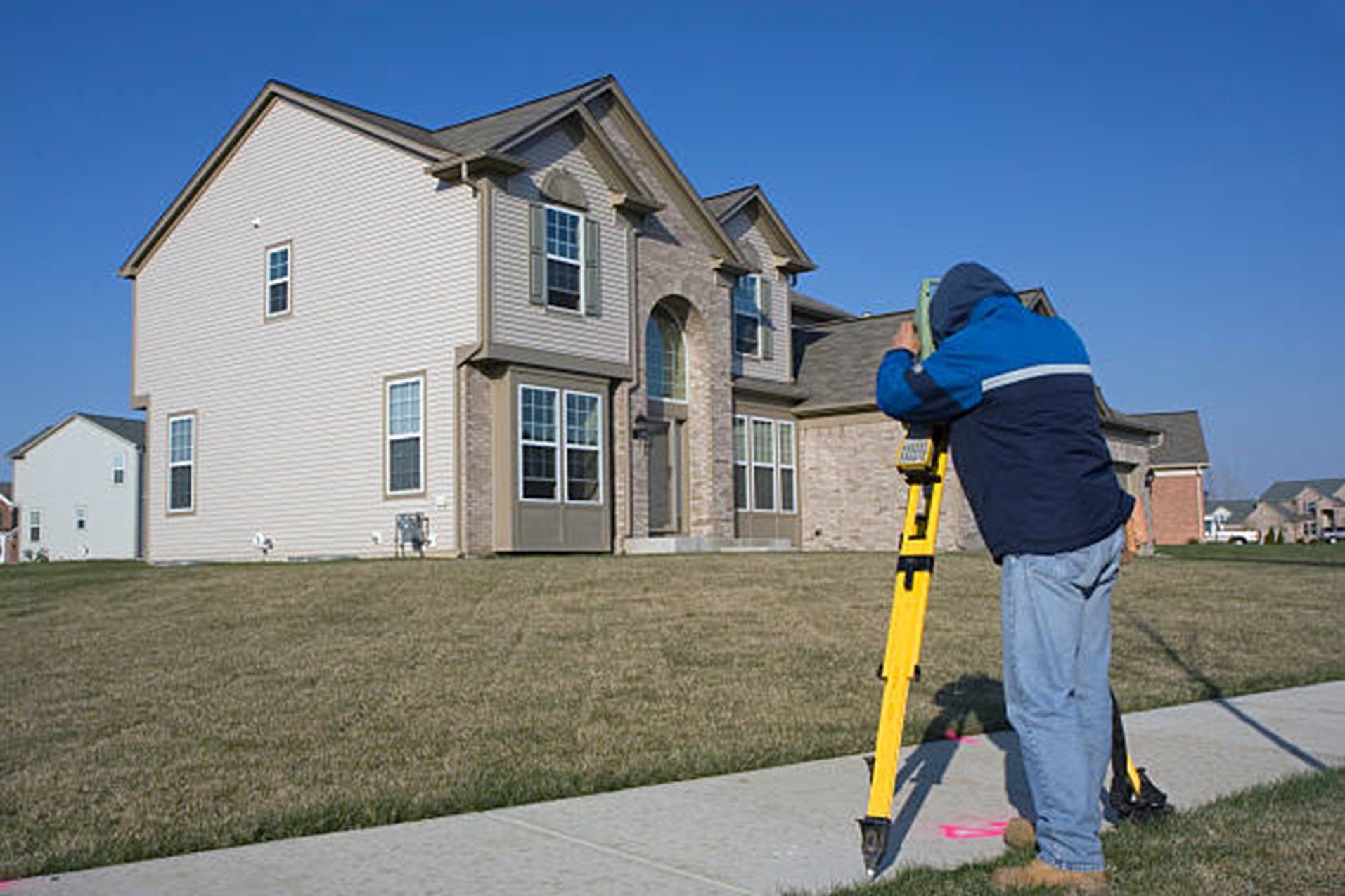Which Types of Projects Require a Detailed Building Permit Plot Plan?
Before starting any major work on a property, there is often a need for a building permit plot plan. This document acts as the foundation of approval from local departments, ensuring the work aligns with zoning codes, boundary lines, and usage rights. From new builds to lot adjustments, the plan becomes an essential part of the submission process. Without this plan, property owners can face denied applications, delayed approvals, or unintentional violations. Understanding the specific projects that need this document can help prevent issues and speed up progress. Whether you're a homeowner, builder, or developer, having a plot plan in place improves communication with regulators and confirms that the proposed improvements follow every applicable code.
New Home Construction Projects
A new structure requires more than just architectural drawings. The reviewing office needs to know where the structure will sit on the land. A plot plan shows the location of property lines, road access, building footprint, setbacks, and other required distances.
Without this, it's difficult to verify if the proposed work meets local development codes. This step also ensures the building won’t block easements or violate spacing limits. The plan also provides clarity on where driveways or utility lines may connect, helping reviewers confirm complete compliance.
Having an accurate layout at the early planning stage makes it easier to coordinate with engineers, designers, and contractors. It also reduces the chances of construction delays later due to errors or incomplete filings.
Home Extensions and Room Additions
Even a small increase in floor space, such as a room or garage addition, usually needs a verified plot plan. The reason is simple: space and placement must follow current land use rules.
By submitting a building permit plot plan, owners show that the proposed addition respects boundary lines and setback limits. This helps avoid unintentional violations that can lead to stop work orders or expensive corrections during construction. It also helps in making sure nearby properties are not negatively impacted.
Furthermore, having a plot plan enables clear record-keeping, which is helpful if the property is sold or refinanced in the future. This small step protects property value and supports transparency.
Detached Structures and Garages
When adding a new structure like a workshop or garage, local offices must review a current plan before issuing any permit. This ensures the new structure does not interfere with other rights of access or restricted zones.
A survey-backed plan confirms that the structure fits properly within the usable space of the lot. This verification supports building approval and can be used later for title updates or insurance coverage. It also aids in determining utility routing for power or drainage.
These types of structures often trigger building codes related to fire separation or utility easements. Plot plans help local reviewers verify that safety requirements are also met.
Grading and Drainage Modifications
Changes in slope or water flow can affect neighboring lots and public infrastructure. That’s why grading plans, which are often part of the plot plan, must be reviewed before issuing permits.
A plot plan allows engineers to assess how surface changes will be managed. Local rules may require retaining walls or approved water runoff paths. Without these details, the permit request may be rejected. Including a plot plan in this phase shows responsibility and protects against later disputes.
Even small changes in topography can affect compliance. Including these factors on your plot plan ensures smoother project approvals.
Swimming Pools and Hardscape Features
Pool installation is subject to strict guidelines regarding safety, barriers, and placement. Submitting a plot plan with your application allows the review board to confirm if the design meets those criteria.
It outlines the pool’s location, surrounding fences, and proximity to structures and lot lines. This helps ensure legal spacing and access paths. A properly prepared plan speeds up the review process and supports safe, lawful installation of these features.
Adding features like patios or walkways also requires attention to drainage and setback limits, both of which can be addressed in your plan.
Lot Splits or Property Line Adjustments
Making changes to lot shape or ownership boundaries usually triggers a need for updated plot documents. Municipal offices need to confirm that both the new and remaining parcels comply with current codes.
A new building permit plot plan reflects the revised layout. It helps document the current and future use of each part of the land. This is often a requirement before updating deeds or starting work on any portion of the split property.
Ensuring that both parcels remain buildable and legal is key to avoiding future problems during resale or development.
In The End:
Most project types that involve structural changes or property division require a current and complete plot plan. Working with professionals who offer accurate drawings supported by land records is essential. If you’ve searched for “land surveying near me”, it's clear how critical expert input is in making sure your permit application is complete and legally sound. At RealMapInfo LLC, our team prepares detailed, accurate plot plans for residential and commercial properties throughout Texas. Our reports are crafted with city regulations in mind, helping your project meet approval standards without delay.
Contact RealMapInfo LLC now to ensure your building permit application is backed by clear, verified documentation.
FAQs:
Q1: What is a building permit plot plan?
It is a scaled drawing that shows proposed structures, property lines, access points, and zoning details.
Q2: Why do I need a plot plan for my project?
It ensures the project follows local codes, avoids boundary issues, and helps secure building permits.
Q3: Can I draw the plot plan myself?
Most local authorities require plot plans to be prepared by licensed professionals to ensure accuracy.
Q4: Does every home project need a permit plot plan?
Not all, but major changes like additions, pools, or new structures usually require it for approval.
Q5: How long does it take to get a plot plan prepared?
Timelines vary by project size and local rules, but professionals usually deliver within a few business days.












Share On: